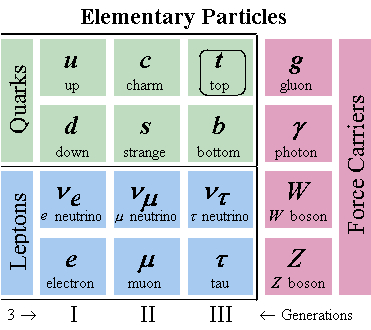
CERN
Documentation
My name is Nicholas Vella, and in this assignment, I will be posting images documenting my visit to CERN. I will be explaining aspects of the machines displayed in the photographs and show how the photography compliments the machines explanations. Take a seat, relax and enjoy your tour through the five gallery categories in the header as you explore very rarely seen footage of the most advanced machinery on this planet. You may start this documentary with the diagram shown below.

So what does the 'LHC' do exactly?
In-plane basic text, we should all know that an atom is made of 3 things. Protons (+ ive) , Electrons (- ive) , and Neutrons. What the LHC does is it takes protons from atoms and smashes them into each other at extremely high speeds close to the speed of light.
Cool, but why would you want to smash protons against each other?
The reason behind this is to study the aftermath of the collisions. These collisions cause explosions of different elements known as 'Quarks' and 'Leptons' which give rise to research on particle physics.
What are 'Quarks' and 'Leptons'?
Let us start by explaining 'Quarks'. 'Quarks' are known as elementary particles. They are what makeup 'Protons' and 'Neutrons'. There are 6 types of quarks and they have pretty funny names. These are; Up, Down, Charm, Strange, Top and Bottom. Silly aren't they? They are literally bits and pieces which are dispersed from the protons and neutrons upon collision in the 'Large Hadron Collider'.
'Leptons' are another type of elementary particles which are radiated upon impact. 'Leptons' could be considered the negative polar opposite of 'Quarks' in very basic terms.
Ok, now that we know what 'Quarks' and 'Leptons' are... what's the point that you're trying to get to?
My point is, till this day, we still haven't been able to break down 'Quarks and 'Leptons' down any further. Thus, why they are known as the fundamental particles of all matter!
I see, so how does the 'LHC' detect these particles.
The 'LHC' has 7 detectors in total which detect different kinds of particles. No, we cannot produce one detector to calculate everything. That would be insane, technology hasn't reached that stage yet. But we will be talking about 2 of the detectors which we were very lucky to visit. So stay tuned on the next part of this documentation where we visit the 'Alice Detector'.
(You may now go to the 'Alice Detector' section)





Let us start this documentation HERE. This is the first step to my journey at CERN. Above is a diagram showing a map of the 'LHC' in short for 'Large Hadron Collider'. It is the largest blue ring in the diagram.
